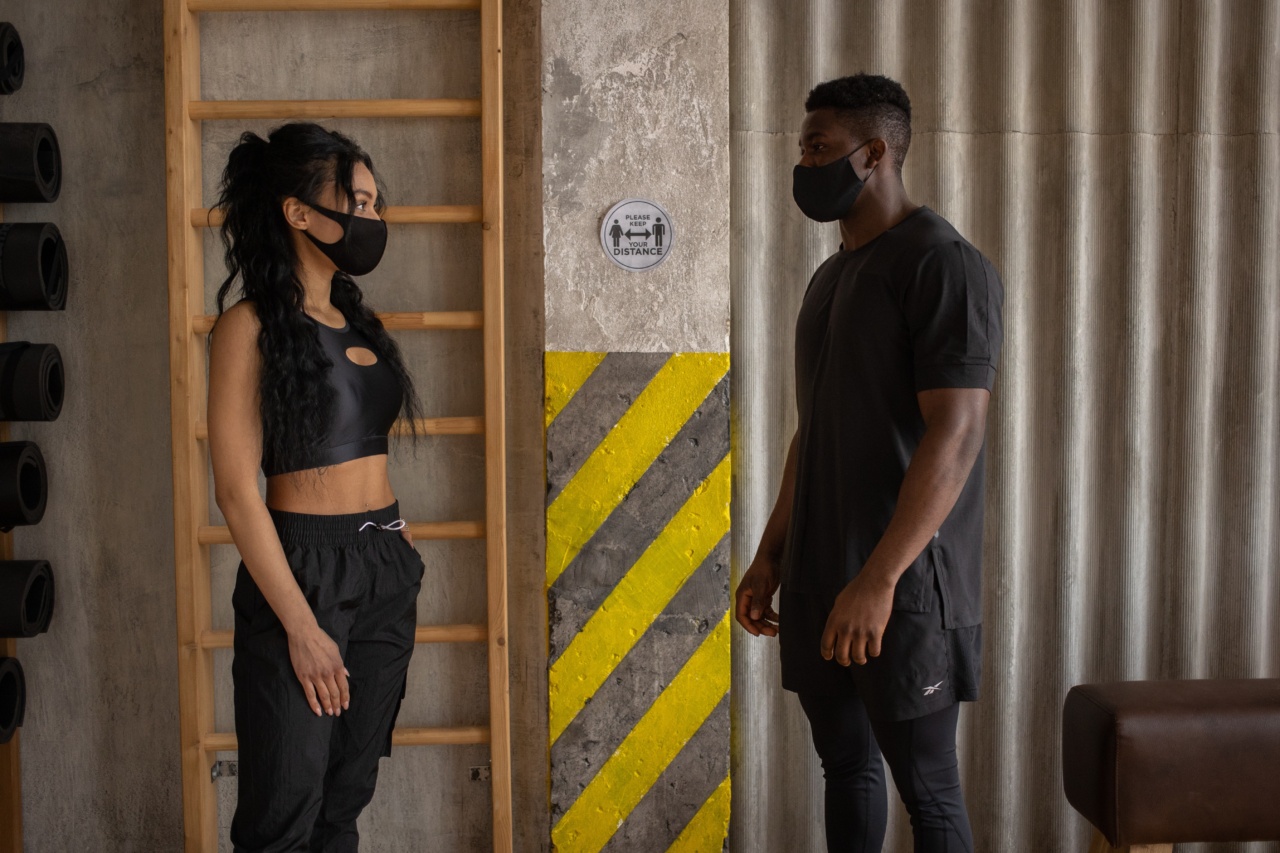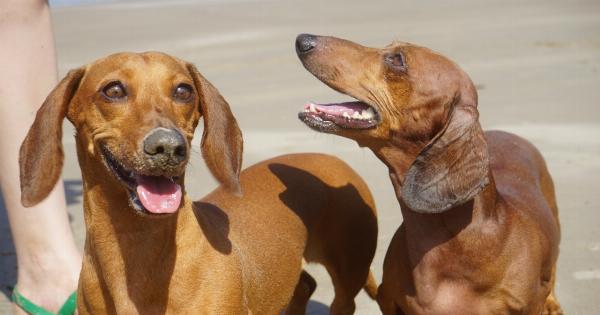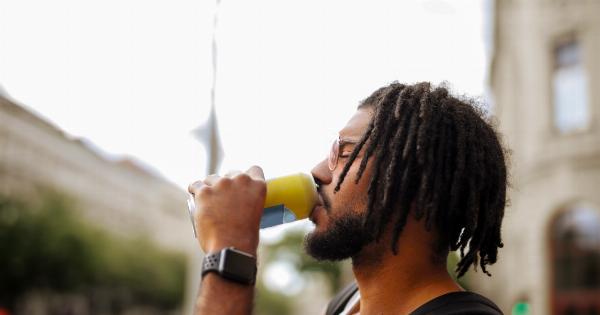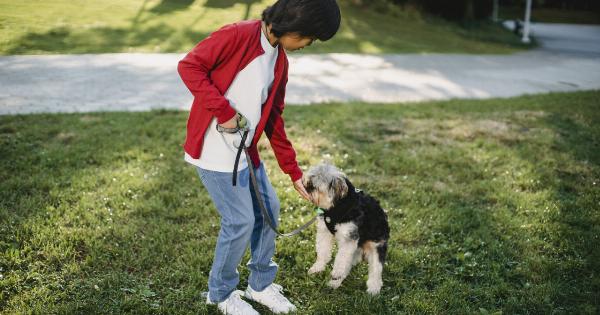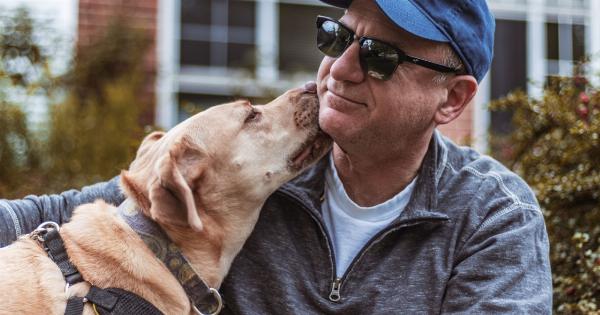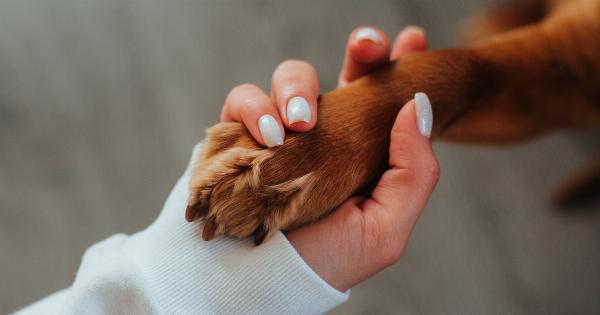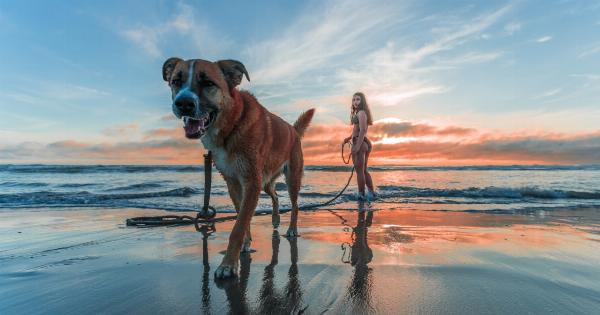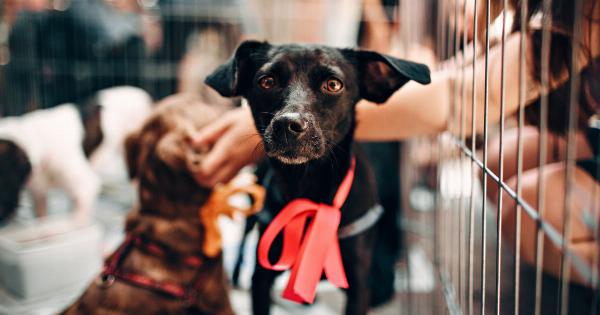As much as we love to enjoy a sunny day with our pet dogs, we must always keep in mind the risks of sun exposure for our furry friends.
Just like humans, dogs can suffer from sunburns, heatstroke, and other skin-related disorders without the proper protection. This is especially true for certain breeds that are more susceptible to sun damage. In this article, we’ll discuss how to identify at-risk breeds and the protective measures you can take to keep your pup safe under the sun.
Identifying At-Risk Breeds
While all dogs can experience the negative effects of sun exposure, certain breeds are more prone to sun damage due to their genetic makeup. Breeds with light skin, thin or minimal fur, and exposed skin areas are more vulnerable to sunburns.
Here are some of the dog breeds that are at higher risk of sunburn and other related problems:.
1. Dalmatians
Dalmatians are known for their distinctive spotted coat that may look cute, but it doesn’t offer much protection against the sun. These dogs have a high risk of sunburns, especially in their ears and nose due to their thin skin and light colors.
They are susceptible to developing skin disorders like squamous cell carcinoma, a type of skin cancer that commonly affects Dalmatians.
2. Greyhounds
Greyhounds have short fur and thin skin, making them prone to sunburns and skin damage. Their noses and ears are particularly exposed to the sun, and they have a higher risk of developing skin cancer due to their genetics and pigmentation.
Greyhounds also have a high sensitivity to heat and are prone to heatstroke, which can be fatal if not treated immediately.
3. Bulldog Breeds
Bulldogs and other brachycephalic (short snouted) breeds have a higher risk of skin problems due to their facial structure. Their skin folds and wrinkles trap moisture, dirt, and bacteria, making them prone to skin infections, rashes, and sunburns.
Bulldogs have a thick and hardy coat, but their sensitive skin areas like their nose and ears are still prone to sun damage.
4. Whippets
Whippets have a thin, short coat that doesn’t provide much protection against the sun. They have a higher risk of sunburns on their nose, ears, and other exposed skin areas.
Like Greyhounds, Whippets are also prone to heatstroke due to their sensitivity to heat.
Protective Measures
Knowing your dog’s breed and susceptibility to sun damage is the first step in preventing sun-related problems. Here are some protective measures you can take to keep your pet safe under the sun:.
1. Provide Shade
If you plan to spend long hours outside with your dog, make sure to provide plenty of shade for them to stay cool and protected from the sun.
This can be a shady area in your yard, a canopy, or a portable sunshade that you can bring to the beach or the park.
2. Use Sunscreen
Just like humans, dogs can benefit from sunscreen to protect their skin from harmful UV rays. However, not all sunscreens are safe for dogs.
Choose a sunscreen that is specifically made for pets and has no zinc oxide, PABA, or other chemicals that can be harmful to dogs. Apply the sunscreen to the exposed skin areas of your dog, such as their nose, ears, and belly. Remember to reapply every few hours, especially if your dog has been swimming.
3. Protect their Eyes and Ears
Dogs with light-colored eyes and ears are more sensitive to sun damage. Consider getting your dog some sunglasses or goggles to protect their eyes from UV rays. You can also find dog hats and visors that can cover their ears and nose from the sun.
4. Avoid Sun Exposure During Peak Hours
The sun is most intense during peak hours, usually between 10 am and 2 pm. Try to avoid taking your dog out during these hours, or limit their time outside if you must go out.
This will reduce their risk of sunburns, heatstroke, and other related problems.
Conclusion
Sun safety is important for dogs, especially those with light skin, thin fur, and exposed skin areas.
By identifying at-risk breeds and following the protective measures outlined in this article, you can keep your furry friend safe and comfortable under the sun. Remember to always consult your vet if you notice any signs of sunburn or skin problems in your dog.
